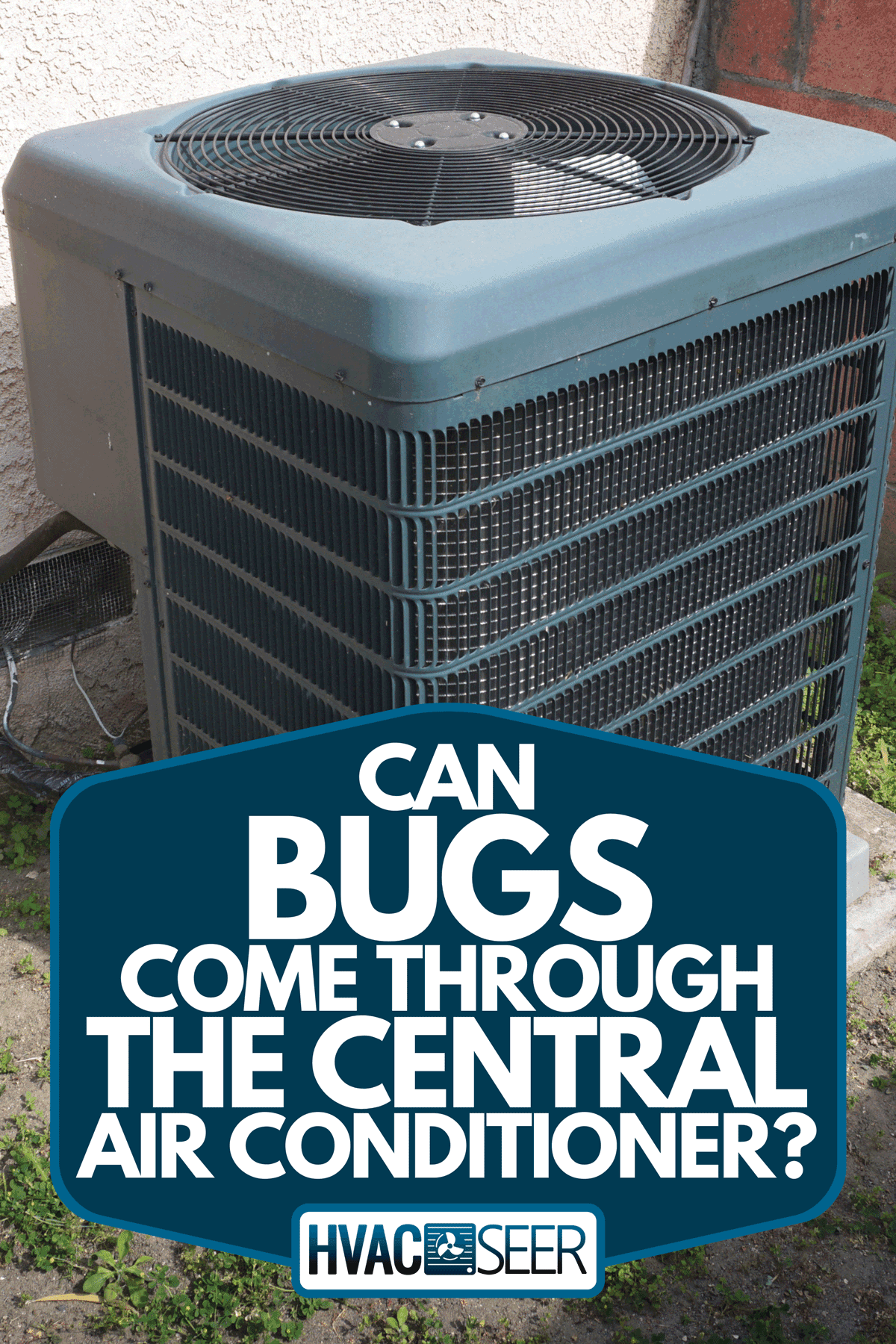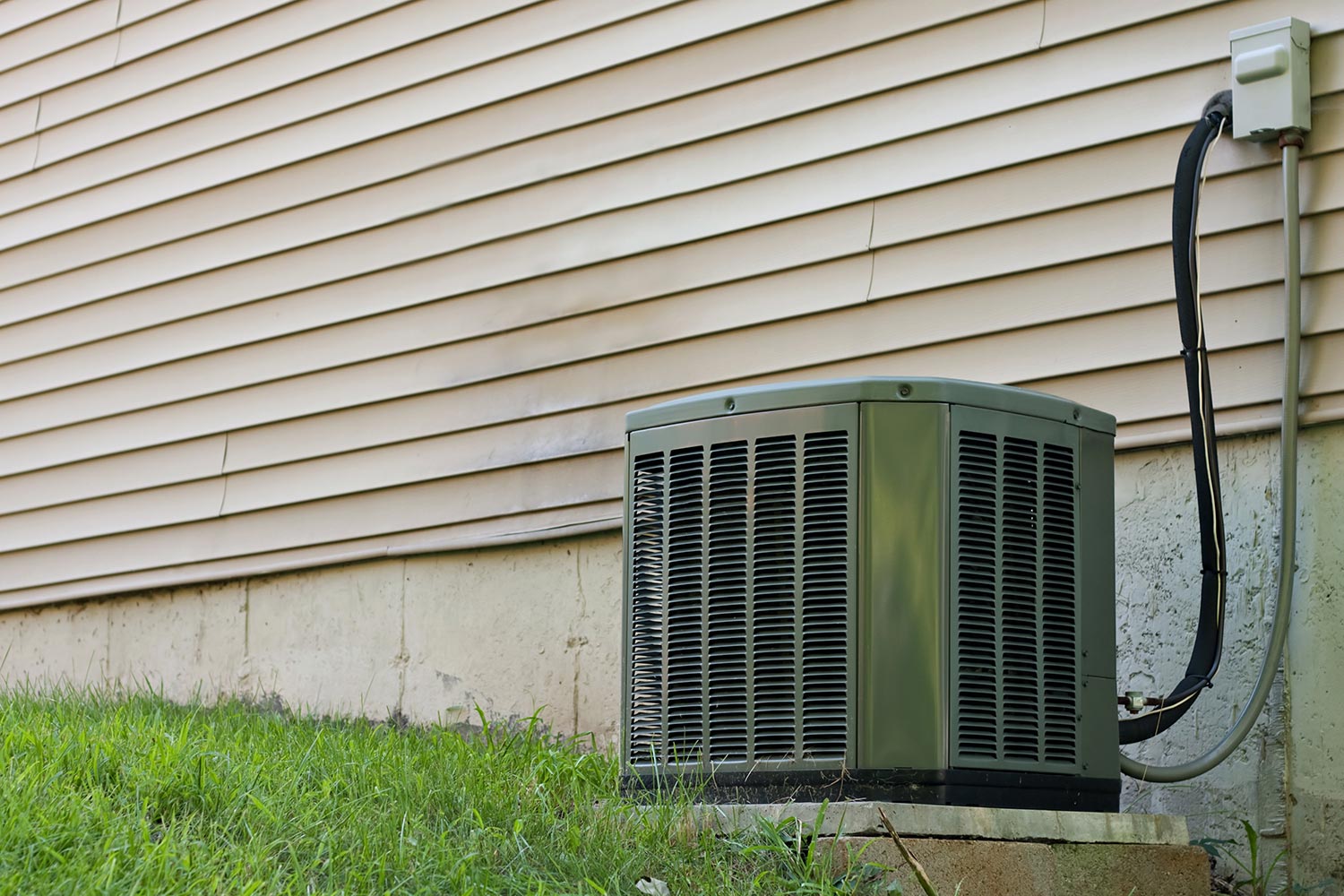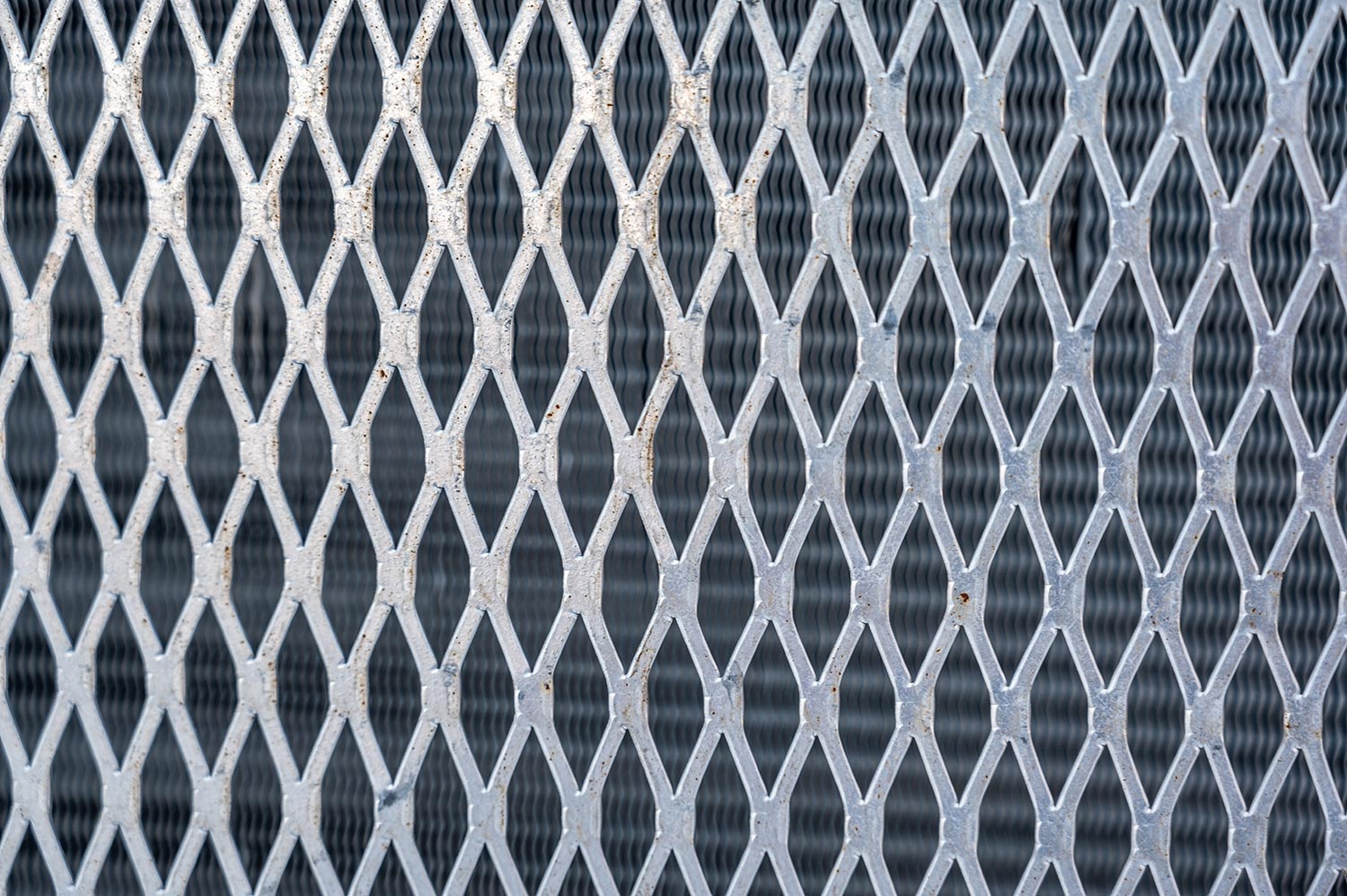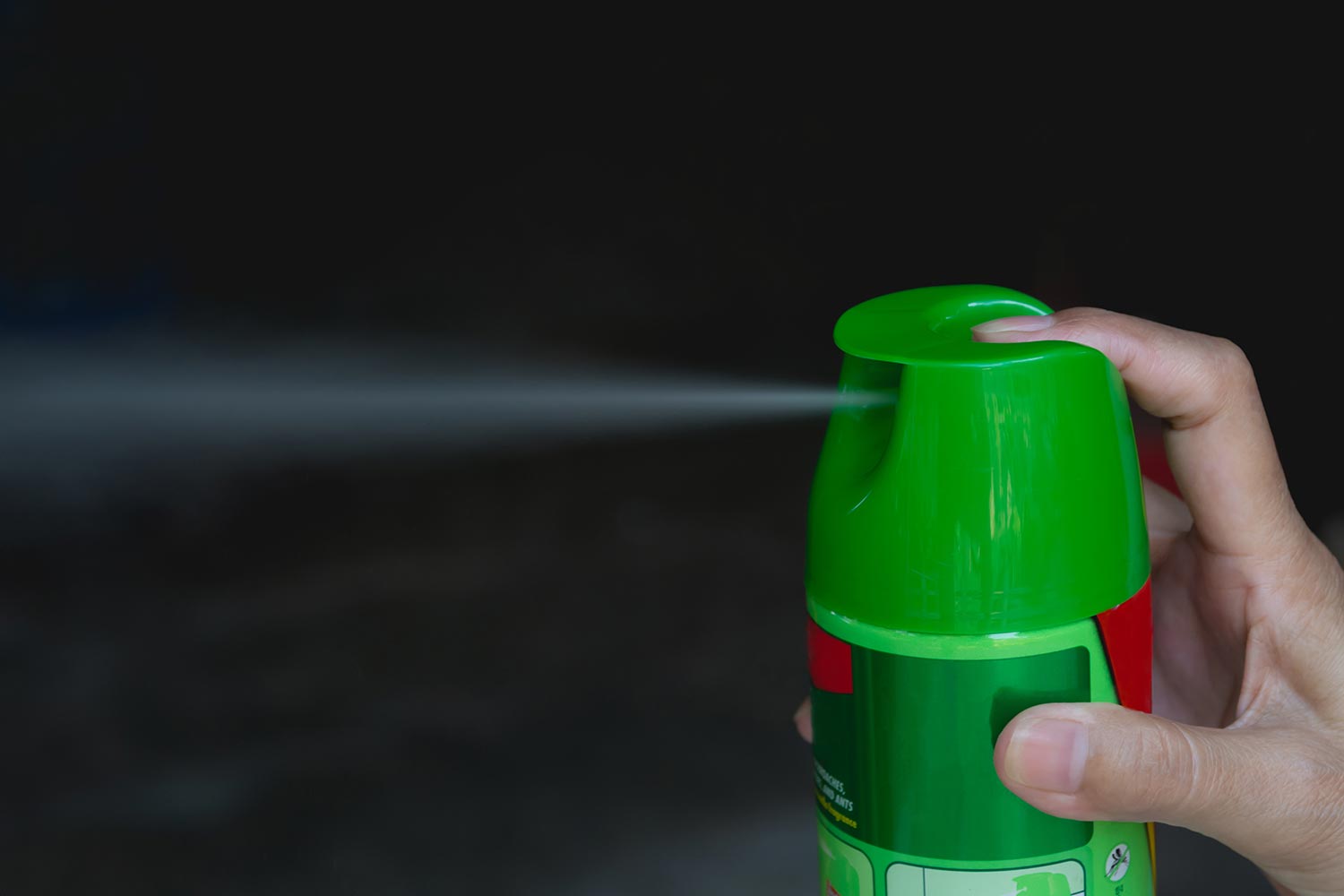Bugs are unwelcome in any home and for good reason. If you've noticed bugs in your home, you might be wondering if they've come in through the central air conditioner. We did the research to bring you the answer.
Bugs can make their way through small spaces, including the cracks and holes in central air conditioners. The condensation and moisture produced by these units can attract certain insects and other fairly small creatures.
Keep reading to learn how to prevent bugs from entering through the central air conditioner. Also, we’ll discuss other topics, such as how to keep insects away from gaining access to window air conditioners and where to find the source of these pests. Without further ado, let's get into it.

Bugs And Your Central AC Unit
Insects and other relatively small pests can enter a central air conditioning unit. Bugs like mosquitoes, flies, and spiders can enter the small spaces in the unit and make their way into your home.

How Do I Keep Bugs Out Of My Central Air Conditioner?
Keeping bugs out of a central air conditioner means cleaning and maintaining the different areas of the HVAC system. Take note that many insects like dark, damp, and dirty areas.
Property owners can expect to have insect problems if the central air conditioner or other areas of the HVAC system fit these characteristics.

Here are some ways to clean and maintain the different areas of HVAC systems to prevent pest infestations:
Install Screen On Air Vents
Air vents, particularly supply vents, help bring cold air to rooms. Installing screens on these vents can help prevent access to many insects, such as flies, mosquitoes, and wasps.
But take note that the screen’s installation can differ depending on the product’s model and the vent’s location.
Here’s an example of how to cover vent holes to keep pests out:
- Check local building codes before purchasing vent screens. For example, California requires vents to have non-combustible and corrosion-resistant wire mesh screens.
- Unscrew the vent cover and use a flat-head screwdriver to pop it out.
- Cut the screen to the appropriate dimensions.
- Place the cut screen over the opening. Make sure that it’s in the center of the vent.
- Staple the screen. Ensure that the staples are about 1 inch apart.
- Attach the screen to masonry or stone with a ¼-inch caulk bead on all of the vent’s sides.
- Apply caulk to any cracks near the vent.
Check out this stainless steel wire air vent mesh on Amazon.
Clean The Central Air Conditioner
Cleaning a central air conditioner can help prevent unwanted condensation and moisture, which can lure bugs like centipedes, springtails, and silverfish. Avoid an insect infestation by cleaning the unit with these steps:
- Turn off and disconnect the central air conditioner from the main power unit.
- Use a vacuum cleaner to remove loose debris from the condenser fins. A wet/dry vacuum is generally ideal for this step to help remove excess moisture.
- Straighten bent condenser fins with a bread knife or other thin, flat-head kitchen utensil. Remember not to apply significant pressure to the fins as doing so can damage or break them.
- Unscrew the fan that’s sitting on top of the compressor and remove it.
- Use a garden hose to rinse the fan blades and interior fins.
- Return the parts taken out of the compressor unit.
Clean and maintain the central air conditioner at least once every month or two to prevent problems. You may need to clean the unit more frequently if you have furry pets or you live in a fairly dusty region.
Watch the video below for a quick way to clean and maintain a central air conditioning system:
Check out this Craftsman wet/dry vacuum on Amazon.
Seal The Ductwork
Sealing the ducts can help prevent pest infestations, as these areas can become the easiest points of entry for many insects.
Cracks and loose seals in the ductwork can be sufficiently wide for different pests to crawl into. Also, ducts can sometimes leak, which can invite certain moisture-loving bugs.
Lot owners can use different duct-sealing methods which include:
- Duct sealing tape: Also called aluminum foil tape, this DIY beginner-friendly option is a good temporary option for sealing ductwork. Many duct sealing tapes often have their adhesives loosen if the ducts become oily or soggy.
- Mastic duct sealant: This gooey substance will harden when applied to ductwork. Opt for a water-based option to easily spread the product over the duct.
Check out this fiber-reinforced water-based duct sealant on Amazon.
How To Prevent Bugs From Coming Through Window Air Conditioner Vents?
Air conditioner vents help maintain an area’s air pressure and these relatively small openings that can become openings for bugs and other pests.
Closing these entryways, but not in a way that can reduce the air conditioner’s functionality, can help prevent insects and other small animals from entering.
Property owners can use three items to do so: cardboard, duct tape, and caulk.
Use Cardboard
Cardboard can be a good solution to seal air conditioner vents, particularly models with accordion flaps. Regular cardboard can generally fit into the vents’ holes, making it more difficult for bugs to get in.
Homeowners may also tape the cardboard around the vents to ensure the material stays. Don’t forget to cover as many cracks in and around the vents as possible.
Take note that lodging cardboard into air vents isn’t going to be aesthetically pleasing. But it can work, particularly for stopping fairly large bugs.
Use Duct Tape
Duct tape can seal any visible cracks around the window air conditioner vents. For instance, apply strips of duct tape on hairline crevices near vents. This solution shouldn’t take more than a few seconds to a few minutes to complete.
But take note that duct tape isn’t the prettiest solution to use. Like using cardboard, the tape’s color will most likely clash with several interior designs.
Still, it can be a great temporary solution if you can use other inconspicuous yet effective methods for sealing cracks and crevices in air conditioner vents.
Use Caulk
Caulk comes in four common formulas, namely acrylic latex, polyurethane, hybrid, and solvent-based.
Among these options, acrylic latex caulk is the easiest to apply and can be an ideal vent-sealing solution for DIY beginners. Plus, it’s fairly easy to modify (with the help of water) if errors occur.
Moreover, you can paint over caulk when it dries. That way, you can have a discreet solution in sealing the holes in window air conditioner vents.
You can also read this post to learn more about window air conditioners: Does A Window Air Conditioner Pull Air From Outside?
Check out this caulk on Amazon.
How Do I Find Out Where Bugs Are Coming From?

Different insects can come from various places. The following are some common household pests and their usual places of origin:
Flies
Many species of flies like to breed and lay eggs on decaying carcasses. If a dead creature sits next to an HVAC system, flies can gain access to the indoors through the ducts, vents, and air conditioners. Removing whatever is attracting the flies can help reduce indoor fly infestation.
Mosquitoes
Mosquito eggs and young generally prefer water with minimal or no flow. Lots with flooded areas, such as a small pond created from recent heavy rain, will attract mosquitoes to the area.
Remove these small bodies of water in the property or seal potential entrances to prevent the entry of these pests.
Also, check out the following post to learn more about how to prevent access of mosquitoes in your home: How To Keep Mosquitoes Away From An Evaporative Cooler?
Termites
Wood will often attract termites. Despite different termite species having specific preferences for wood, these pests can cause significantly expensive damage to homes.
However, it can be almost impossible to remove every wooden item. But property owners can use preventive measures to ensure that termites will never become a problem.
Final Thoughts
Bugs can enter homes, offices, and other establishments through the central air conditioner.
Property owners should remove the sources that create the perfect living conditions for these pests. Otherwise, implementing preventive techniques, such as sealing vents and ducts, can help keep these bugs away.




